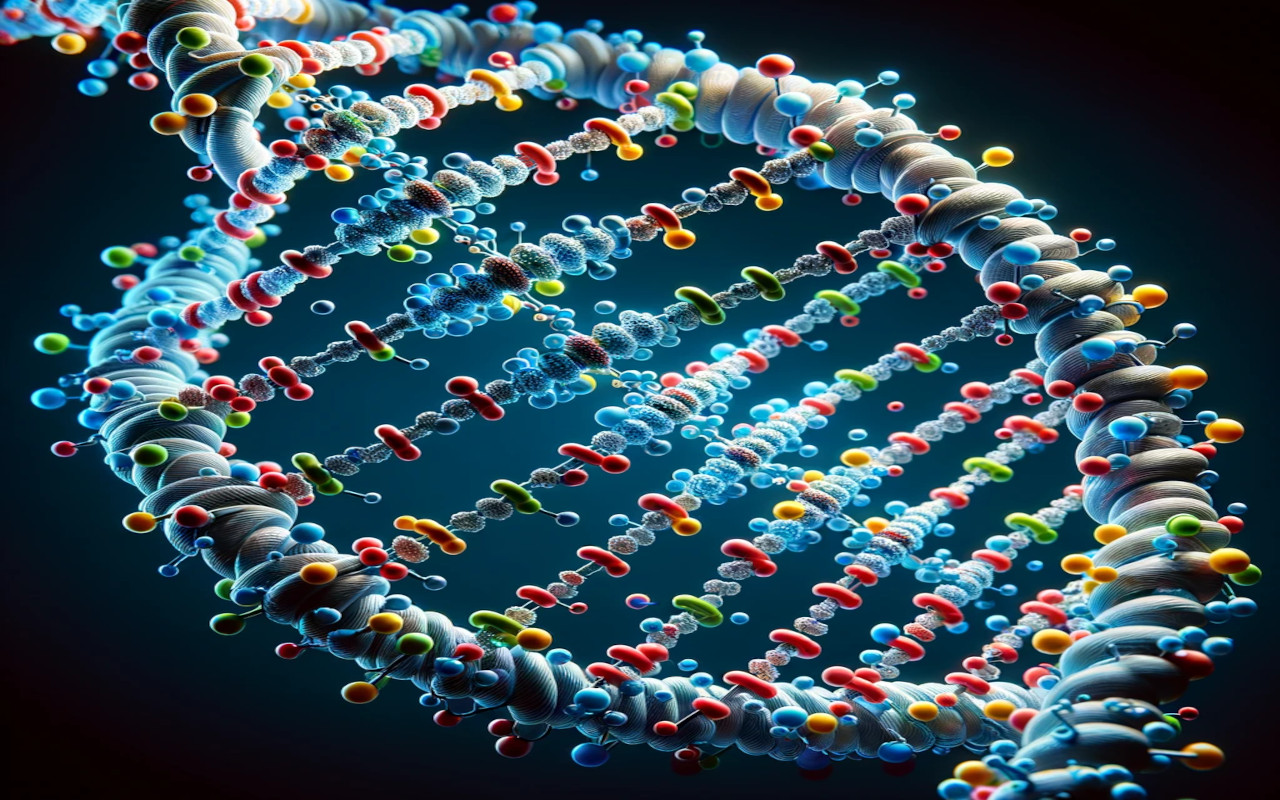What is DNA?

DNA, or deoxyribonucleic acid, is a molecule that contains the genetic instructions used in the growth, development, functioning, and reproduction of all known living organisms and many viruses. DNA is a nucleic acid, which is one of the four major types of macromolecules that are vital for all forms of life.
The structure of DNA is often described as a double helix, resembling a twisted ladder. This structure is composed of two long strands that coil around each other, with each strand consisting of a backbone made of sugar (deoxyribose) and phosphate groups, with nitrogenous bases attached to the sugar. The four types of nitrogenous bases in DNA are adenine (A), cytosine (C), guanine (G), and thymine (T). These bases pair up in a specific manner: adenine with thymine, and cytosine with guanine.
The sequence of these bases along the DNA strand encodes genetic information. In organisms, DNA is found in the cell nucleus, and a small amount can also be found in mitochondria (mitochondrial DNA) and, in plants, in chloroplasts.
DNA plays a key role in heredity, as it is responsible for the transmission of genetic information from one generation to the next. This happens through processes such as replication (where DNA makes copies of itself), transcription (where DNA is used to create RNA), and translation (where RNA is used to produce proteins). These proteins perform various functions in the body, influencing the characteristics and functions of the organism. Your offspring then inherit these processes from you, or possibly from other family members.
Your DNA may differ from the average person in such a way that during translation, it creates specific proteins which can eventually lead to the development of diseases. However, some of these can be prevented. For example, Type 2 diabetes may never develop in you, even if you have a predisposition to it in your DNA. These proteins often also determine why some medications are less effective on you and why you are outright allergic to others. Knowing your genetic code can also provide a key to personalized treatment.